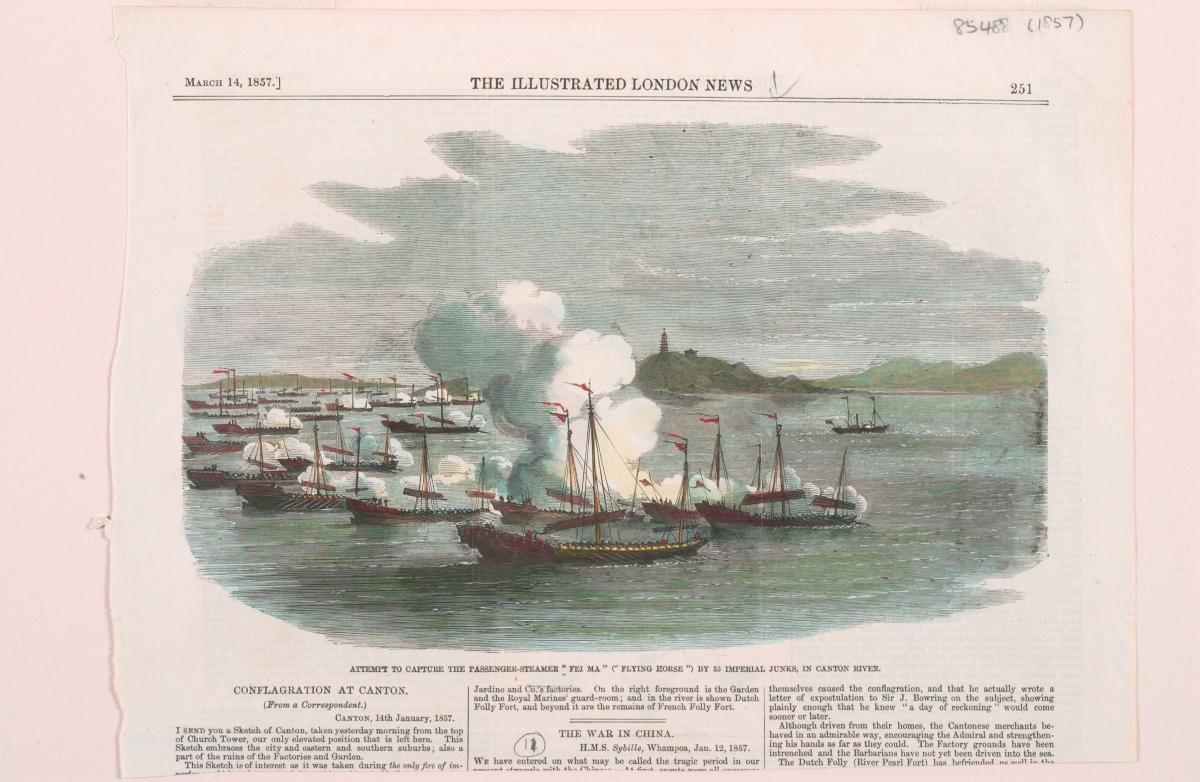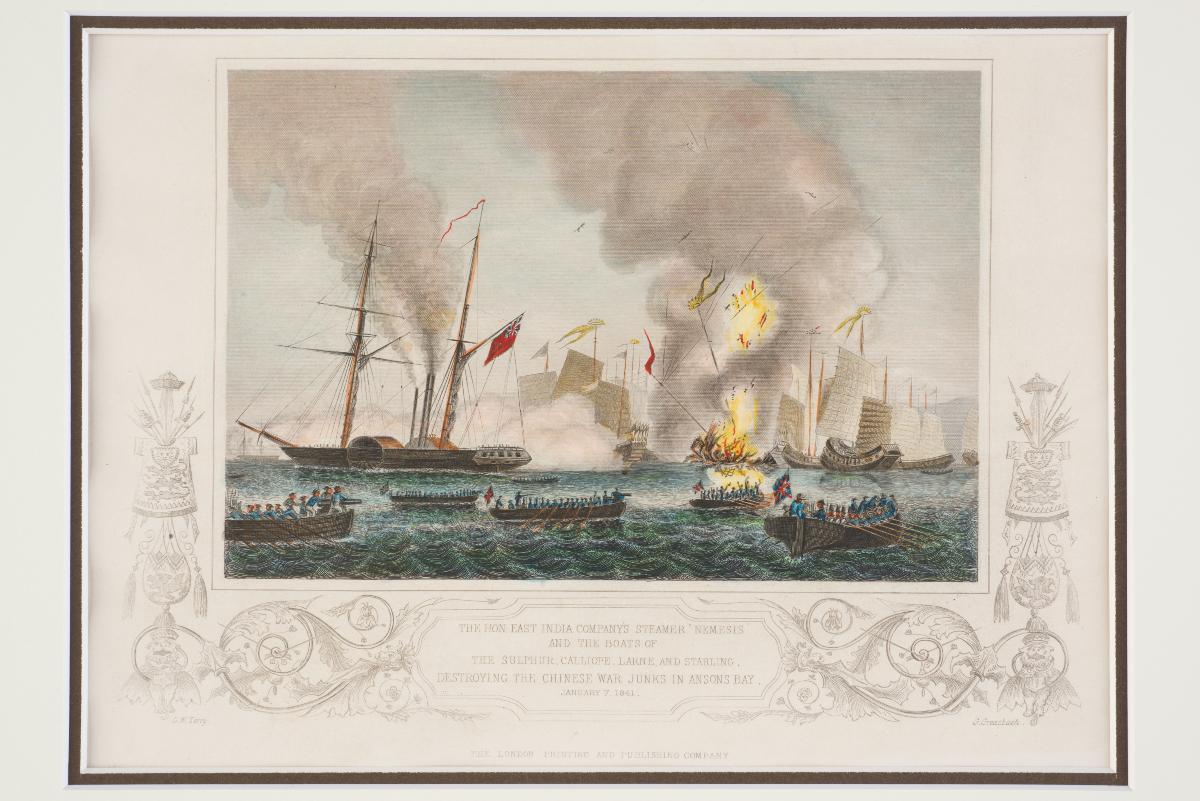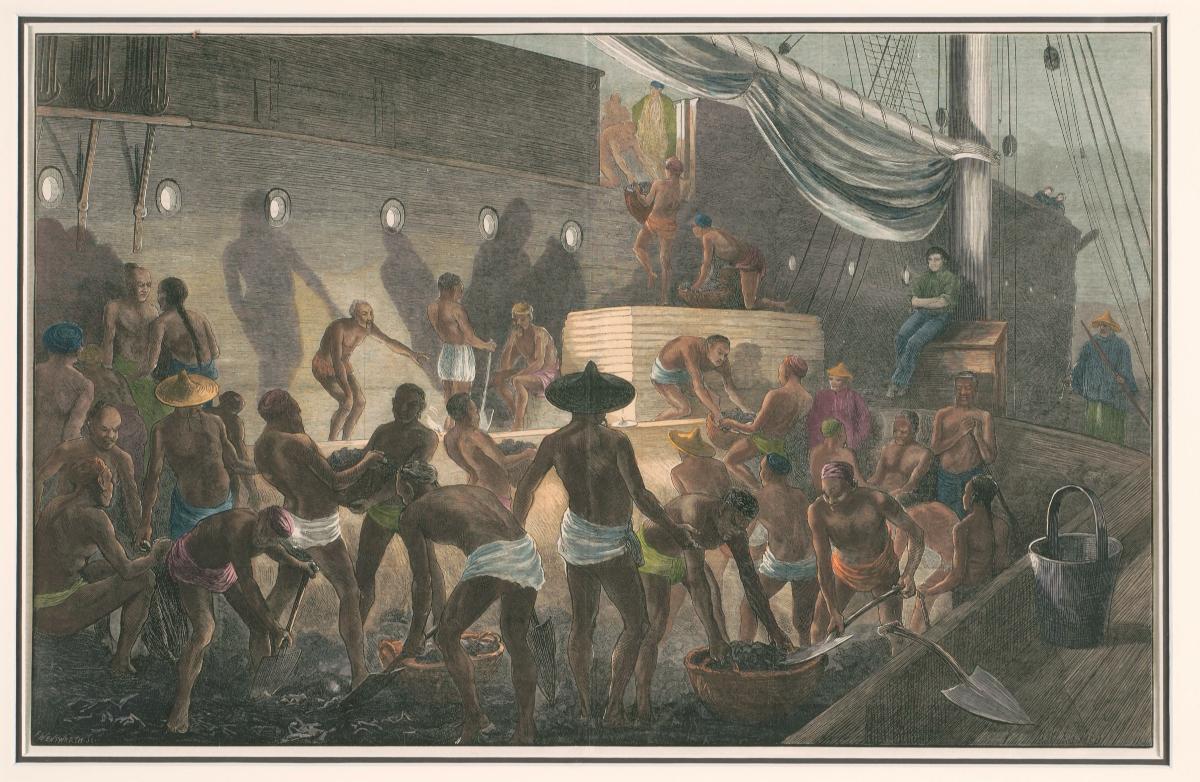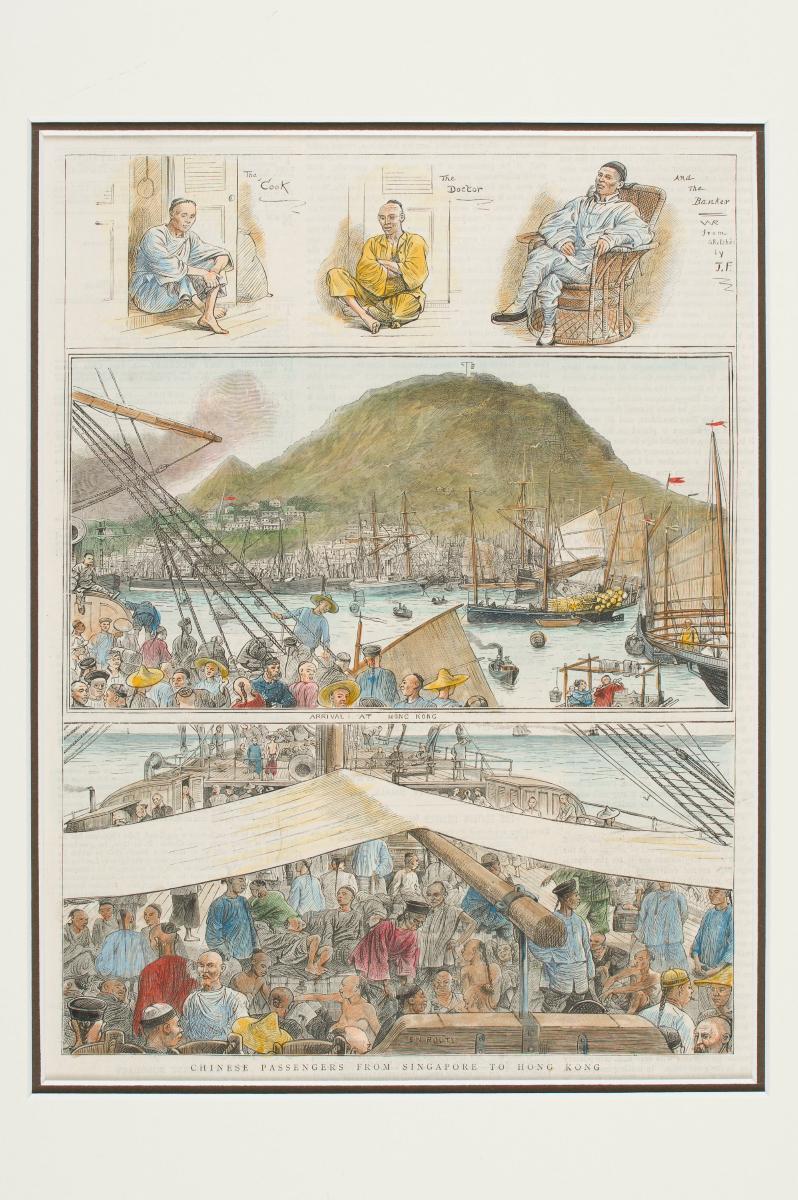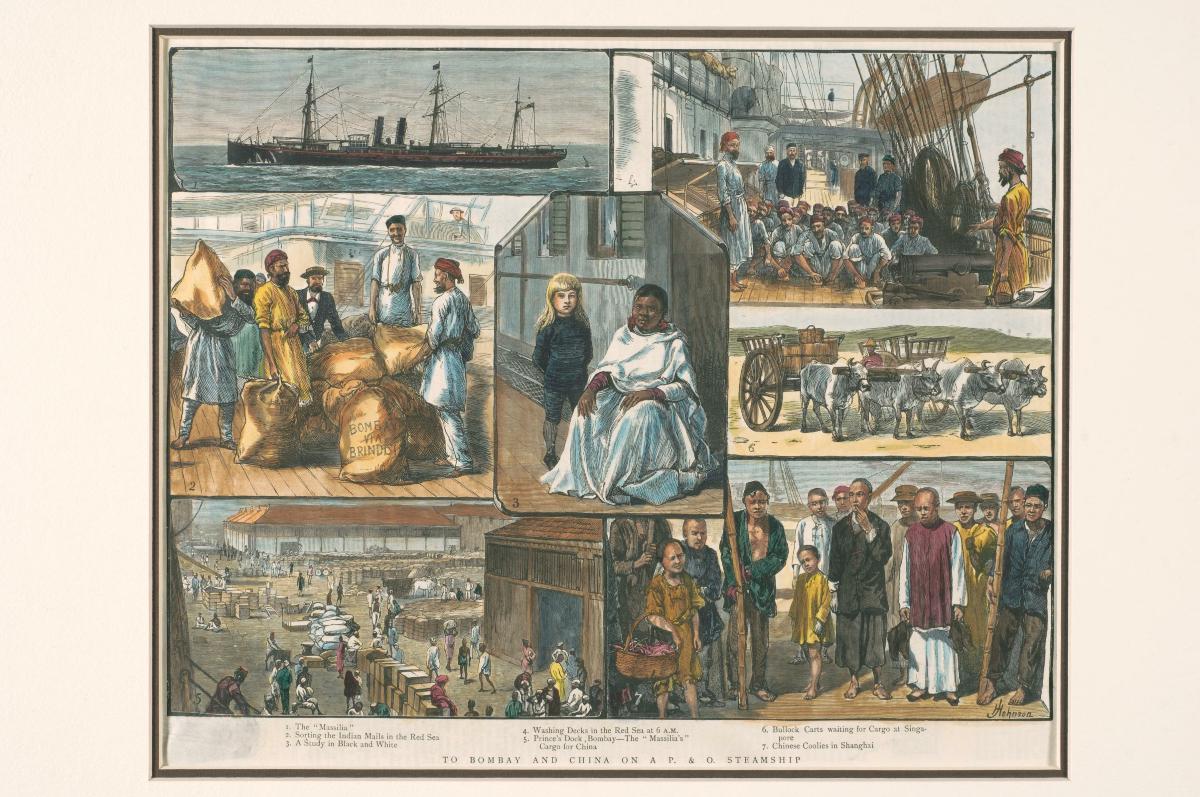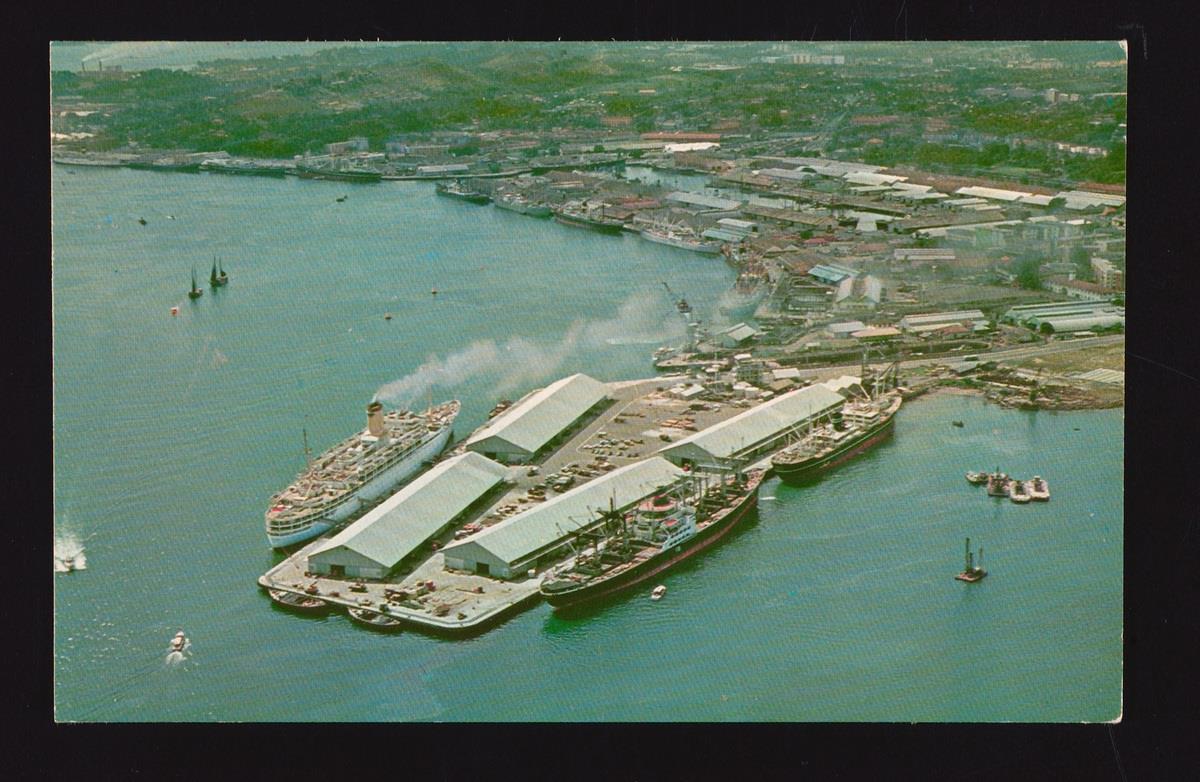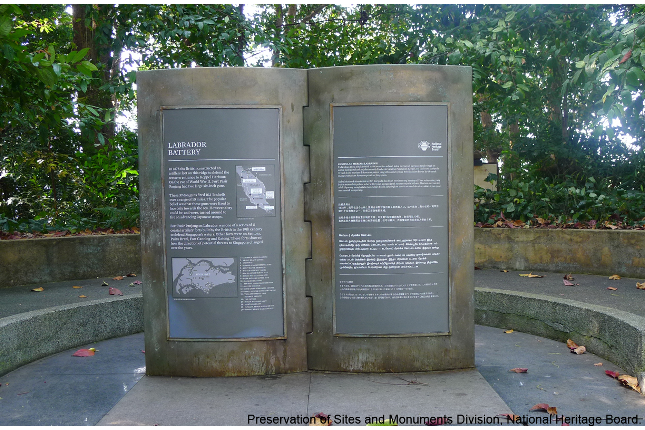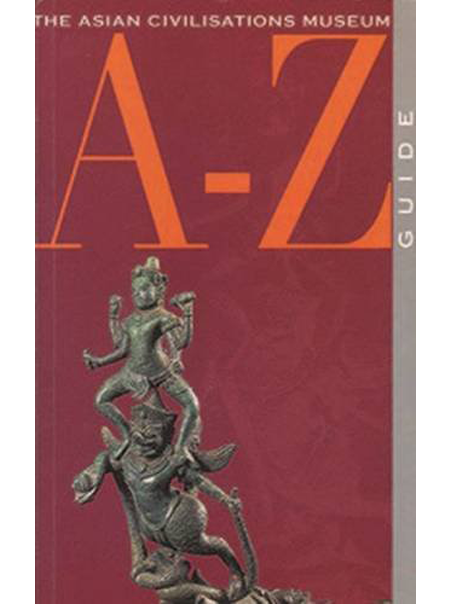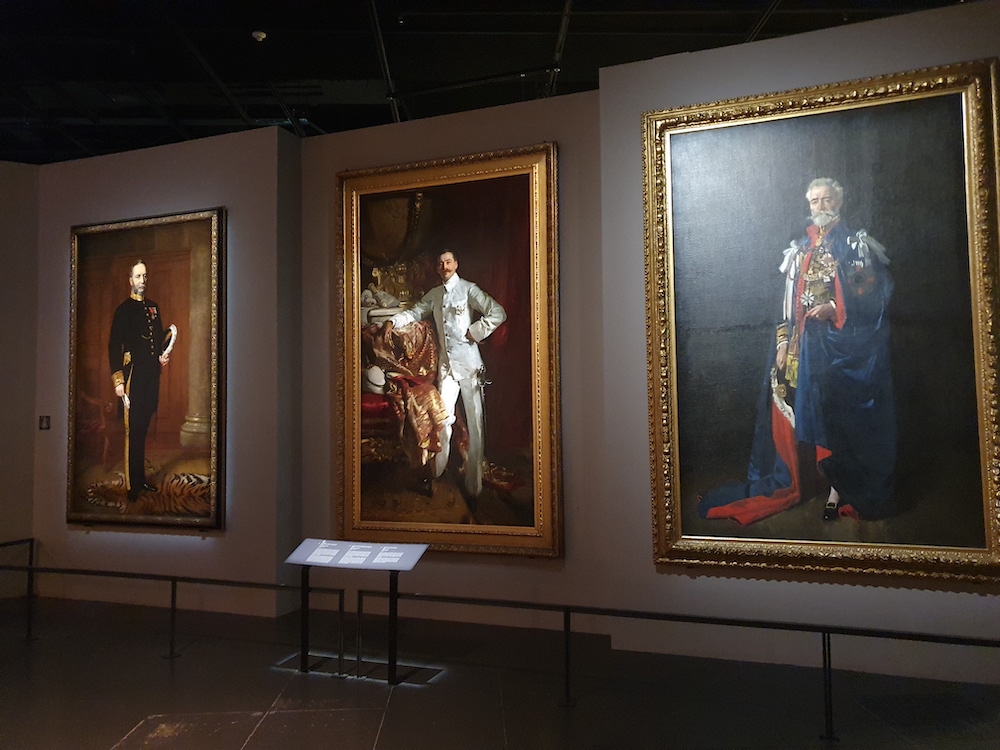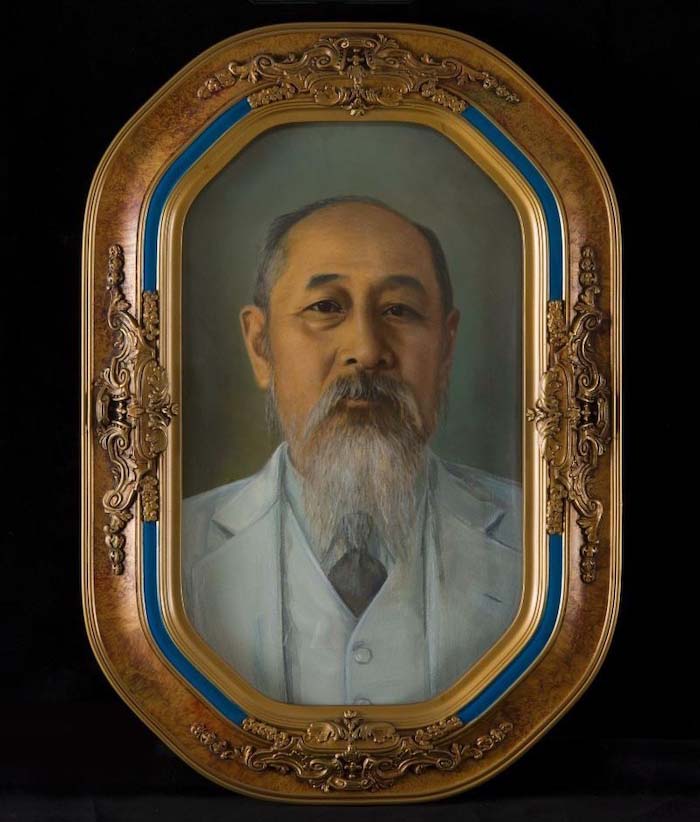Gross measurement: Frame: 29.8 x 38.3 cm
The Second Opium War (1856-1860) was sparked off by a diplomatic row between Britain and China, when the authorities in Canton (present-day Guangzhou) arrested the Chinese crew members on the Chinese-owned junk Arrow, which was flying a British flag. This incident eventually escalated into a drawn-out conflict between Chinese and Anglo-French forces that finally led to the defeat of the former and the conclusion of the Treaty of Tianjin. Among other things, the treaty granted the victors more favourable terms of trade with the Manchu regime as well as making the opium trade legal. On the naval front, the technological superiority of the steam-driven Royal Navy gunboats over the wind-powered imperial war junks was a decisive factor in enabling the British to dominate major Chinese waterways such as the Pearl and Yangtze Rivers. This gap in nautical technology is clearly illustrated by the sketch, which shows 53 war junks trying desperately to pursue the lone passenger steamer, Fei Ma (right).




